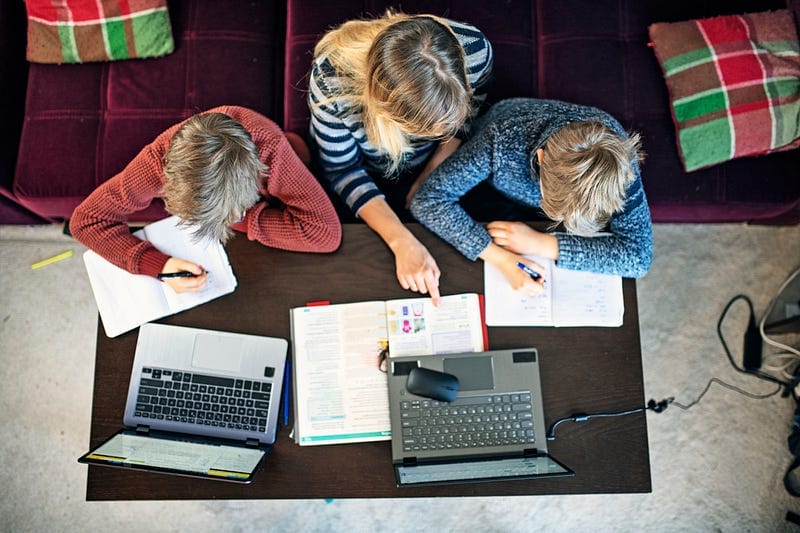3 Ways That Learning Has Changed for Good
The pandemic has changed how all of us look at the future of learning. Much of the discourse in the year of 2020 has been about the amount…

3 Trends in the Future of Learning
The pandemic has changed how all of us look at the future of learning. Much of the discourse in the year of 2020 has been about the amount of learning loss that our kids will be subject to and how parents have struggled to bolster the learning environment for their kids in times of remote learning. The challenges that our educators and students have faced are real, and they likely have taken a toll on many families as well. However, despite the obvious negative effects of COVID-19 on the education system and the clear trends that have come with remote learning, it may be worthwhile to examine how this shake-up might have a positive effect on learning in the long-run.
1. Acceptance of a broader set of teaching approaches
The possibilities of “what education means” to parents, teachers, and districts alike has surely been questioned in the last several months. The options between virtual learning and in-person, synchronous teaching versus asynchronous lectures, project-based assignments and summative assessments, the list goes on. More teachers and more families have had to adapt by adopting new forms of teaching and learning. This has allowed for a broader set of acceptable criteria when it comes to replacements for traditional schooling.
Parents have likely reaffirmed their understanding that school provides more than simply academic value for their kids. School offers childcare support, social-emotional learning growth, and meaningful interaction that allows for a child’s accelerated development. Through the use of technology and projects, however, adults can replicate that environment in a variety of ways, whether at home, in a micro-school, or in a traditional school setting. One example of a platform that is being used to supplement remote learning is , allowing for live online learning and small-group projects for students.
2. Microlearning in more forms
Since quarantining and learning through video conferencing has taken over many households and school districts, microlearning has risen as a necessary, if not welcome, addition to the learning options available. Whether it’s engaging with a short practice course on Khan Academy or a quick how-to video from their teachers, short-form learning has come through for many learners. Additionally, many other forms of media have come into play to replace traditional classroom learning, such as podcasts and mobile apps.
One example of this is Bansho, a mobile app of bite-sized video lessons geared toward kids in pre-K to 4th grade. For this app, parents and kids can engage in short, engaging video lessons by vetted educators through a fun, familiar way. Additionally, it puts parents in control by allowing them to set their child’s learning agenda, providing short-video learning from top educators and entertainers in a safe environment.
3. Entertainment and Education as partners
While their kids remain at home in many households, parents have become increasingly involved in their children’s learning activities. Whether by choice or not, parents now have a larger say on what their young ones are consuming on a daily basis. At first glance, it might seem like a perfect trend that puts more power in the hands of parents. However, the options in the market now also offer more harm than good. If parents are exhausted by all the options to choose from, they might rely on outside parties to help temper the level of attention their young ones need. These outside parties are typically Netflix, Disney, and YouTube, which don’t necessarily ring “educational” for many parents.
Luckily, several educational media solutions have been brought to market that are actually compelling alternatives to the aforementioned popcorn-stuffing media subscriptions. Previously mentioned Bansho is one, but there are also other alternatives like Masterclass that offer exciting, engaging, and educational videos for kids. Common Sense Media is another resource that provides high-quality, safe, and secure media options for parents and their kids.
With unimaginable hardships and intense swings in reality, innovation can serve as a guiding light to future possibilities. A paradigm shift in educational leadership and pedagogy has occurred and has allowed for more unconventional methods for teaching and learning. The broader selection of teaching approaches, the acceptance of microlearning, and the partnership between education and entertainment have each played a part in re-defining what it means to be a “student” and what it looks like to “learn” in our society. Only time will tell how society responds to the demands of this global pandemic, but one thing is for sure: it is up to everyone to make sure it ends up better than it ever was in the past.
Originally published at https://www.goguardian.com.